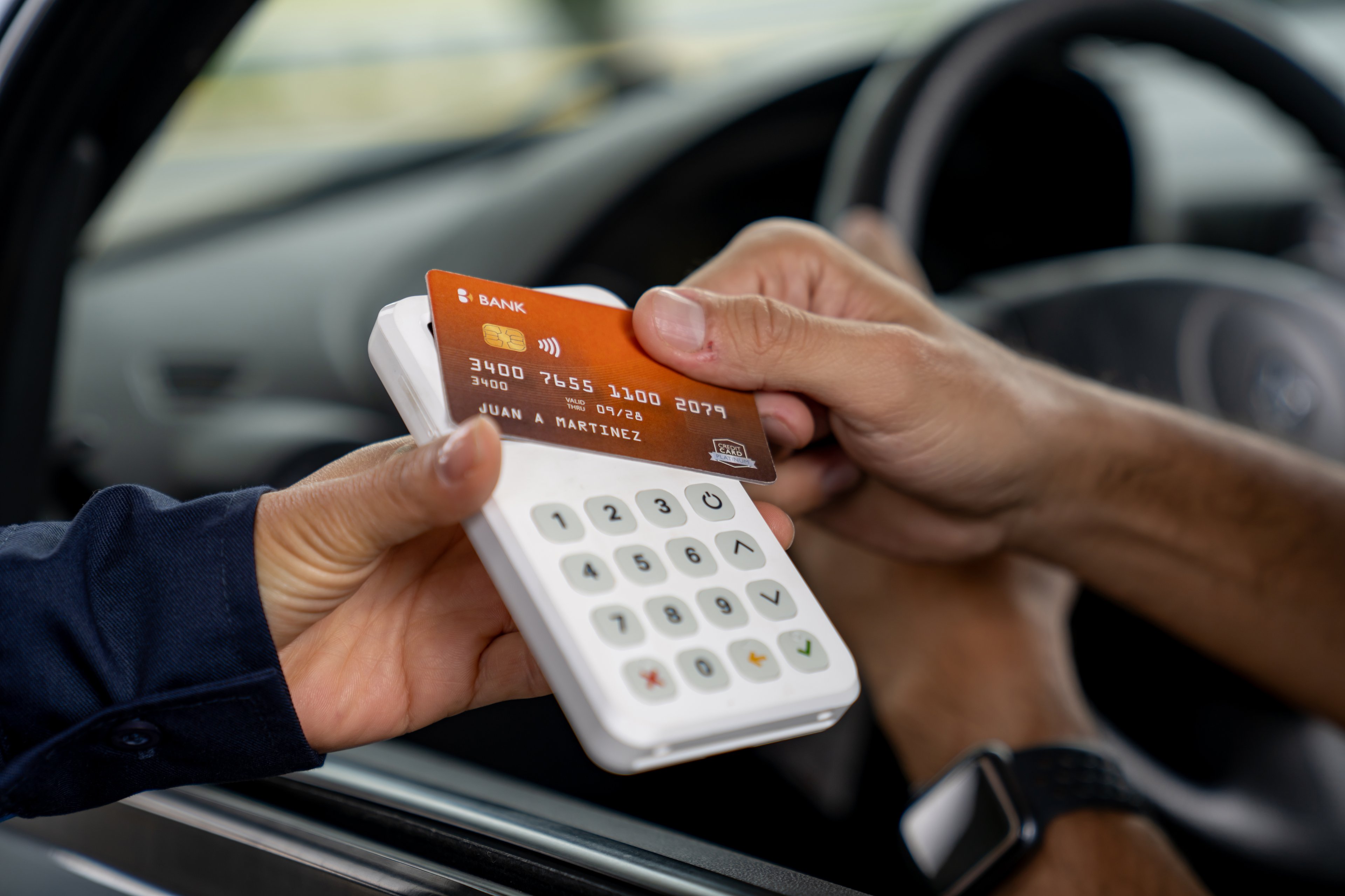Mastercard (MA +0.01%) reported a second-quarter surge in net income, helped by rising gross dollar volume and a lower tax rate.The payments network reported that it earned $1.57 billion in the second quarter, a 33% increase over the $1.18 billion it earned last year.
Here's what shareholders should know now about the "priceless" payments network.
Mastercard's second quarter: By the numbers
|
Metric |
Q2 2018 |
Q2 2017 |
Year-Over-Year Change |
|---|---|---|---|
|
Net revenue | $3.67 billion | $3.05 billion | 20% |
|
Net income | $1.57 billion | $1.18 billion | 33% |
|
Diluted earnings per share | $1.50 | $1.10 | 36% |
Data source: Mastercard.
What happened this quarter
- Gross dollar volume, which captures how much money moves on Mastercard-branded products and services, increased by 14% on a local currency basis compared to the year-ago period. Double-digit growth is impressive, given Mastercard isn't growing off a small base. Gross dollar volume grew to $1.5 trillion in the second quarter.
- Worldwide debit and prepaid volume was the star this quarter, growing by roughly 18% year over year on a local currency basis. Credit card volume, which is generally more profitable for the payment networks, increased 13% compared to the year-ago period.
- Rebates and incentives, which payments networks use to promote spending on their networks, increased by 21% year over year on a currency neutral basis, slightly higher than the 18% increase in total net revenue over the same period. On the first-quarter conference call, executives said they expected an increase in rewards and incentive expenses this quarter due to expected partnership renewals. Rebates and incentive spending should moderate through the second half of the year.
- Headline earnings growth of 33% year over year was partially driven by the reduction in corporate taxes. Mastercard's pre-tax earnings increased by 18.1% compared to the second quarter of 2017.
What management had to say
Mastercard management spent some time on the conference call detailing certain product wins, highlighting new deals or renewed relationships with L.L. Bean, Hawaiian Holdings (Hawaiian Air), and PayPal's Venmo.

Image source: Mastercard.
In prepared remarks on the conference call, Ajaypal Banga, Mastercard's chief executive officer, noted that retail sales remain strong in the United States, where its SpendingPulse "estimates are up 4.7% versus a year ago," excluding automotive and gasoline sales. In Europe, the company saw slower retail sales growth, pointing to a "deceleration in U.K. retail sales growth rates year over year," according to its data.
Mastercard isn't wholly reliant on economic activity to drive volume, however. Total gross dollar volume in Europe grew by 19.2% year over year when measured in local currencies, making it the fastest-growing geography for which it breaks out volume data in its earnings supplements, despite slower spending growth in Europe's largest economy.
Looking ahead
The payments networks benefit from the natural shift from cash to card all around the world. But Mastercard is looking beyond plastic to find other avenues to grow volume on its network.
Its 2017 acquisition of Vocalink makes the business a true "multi-rail" network that renders it a one-stop shop for sending payments, whether over the card network or via automated clearing house (ACH) transactions typically associated with checking accounts.
Likewise, Mastercard Send enables it to use its network to generate revenue from digital payments. For example, Send is used by insurers to make emergency disbursements to process claims, while some companies in the "gig economy" use it as a payroll solution, sending instantaneous payments to contractors for completing tasks.
Given Mastercard booked less than $0.25 in revenue for every $100 in gross payment volume this quarter, the payments network adds a lot of value for its clients at a price that can only be described as trivial.






